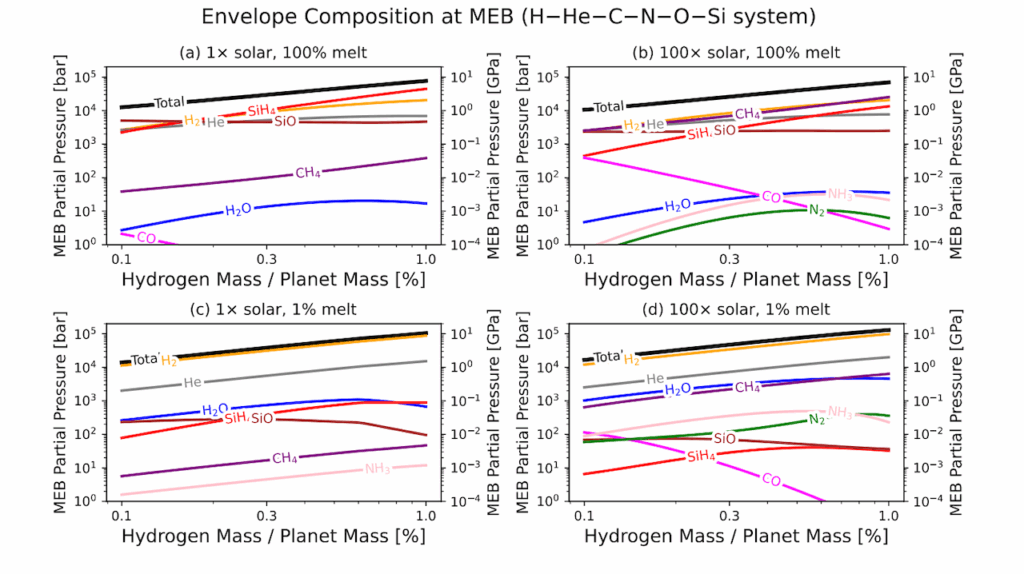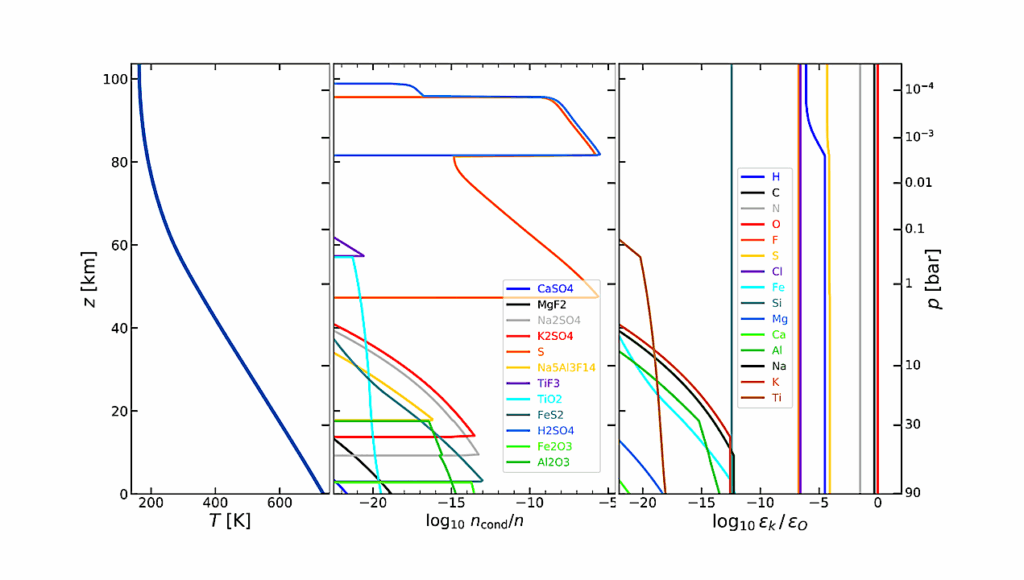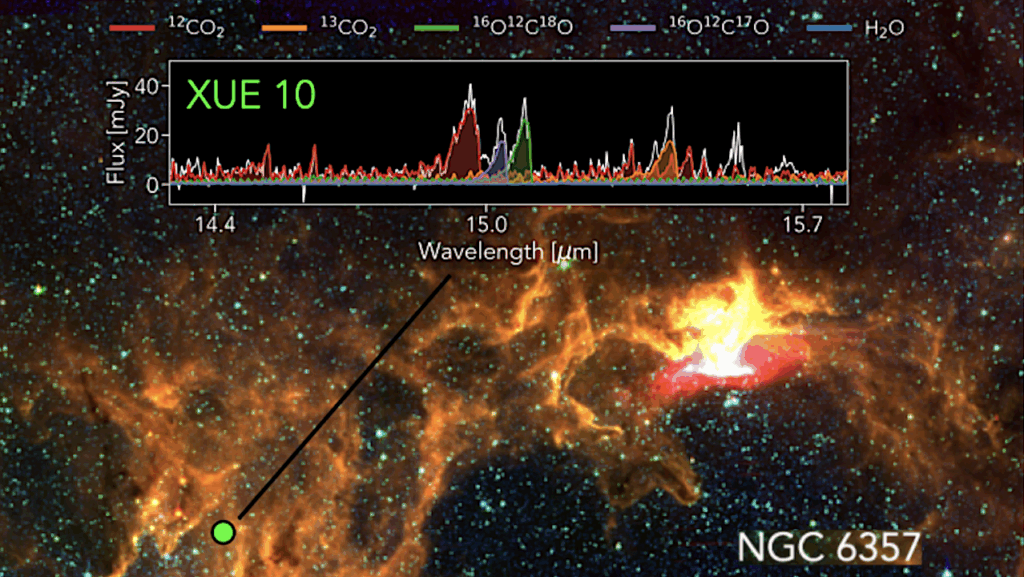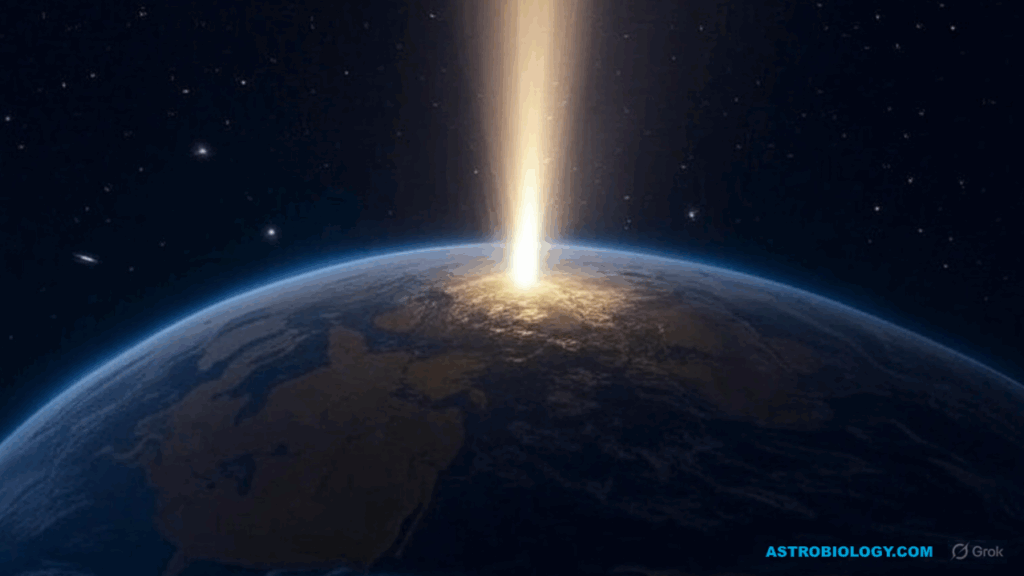Curiosity Rover ChemCam Views A Rock Shaped By Eons of Wind And Water
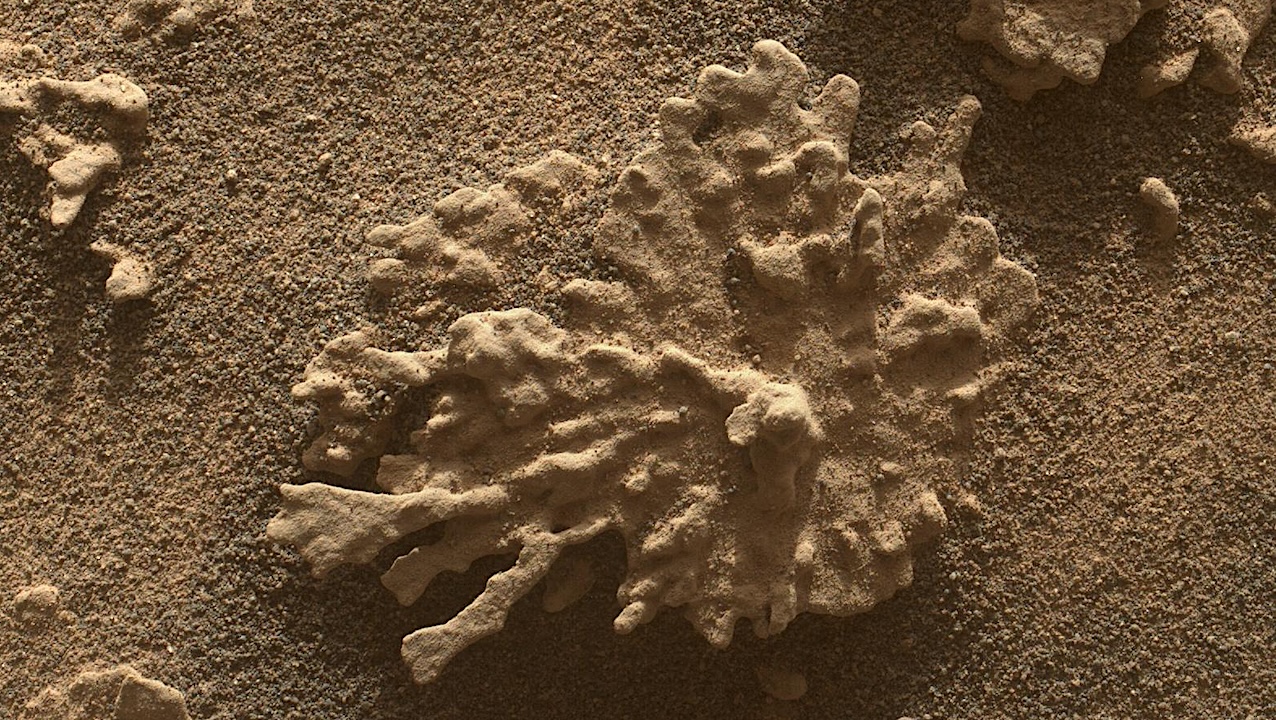
NASA’s Curiosity Mars rover used its Mars Hand Lens Imager (MAHLI), a camera on the end of its robotic arm, to view this wind-eroded rock shaped like a piece of coral on July 24, 2025, the 4,608th Martian day, or sol, of the mission.
Nicknamed “Paposo” by the rover’s science team, the rock was about 2 inches (5 centimeters) from the MAHLI camera when this was taken.
Curiosity has found many small features like this one, which formed billions of years ago when liquid water still existed on Mars.
Water carried dissolved minerals into rock cracks and later dried, leaving the hardened minerals behind. Eons of sandblasting by the wind wore away the surrounding rock, producing unique shapes.
This common process is seen extensively on Earth and has produced fantastic shapes on Mars, as well, including a flower-shaped rock.
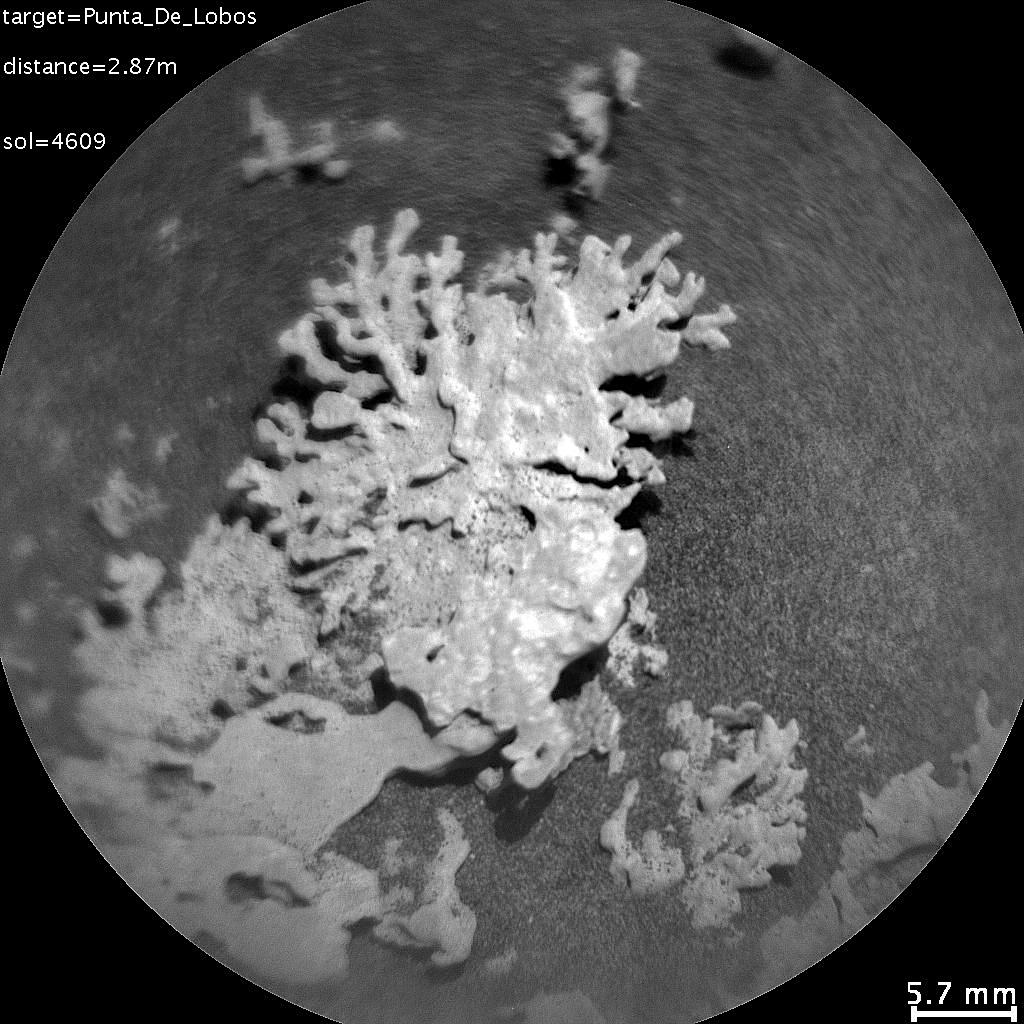
Date Created:2025-08-04 Larger image
Astrobiology


